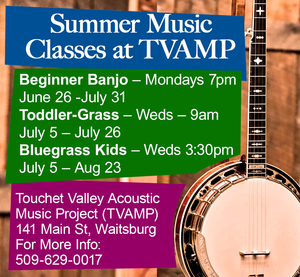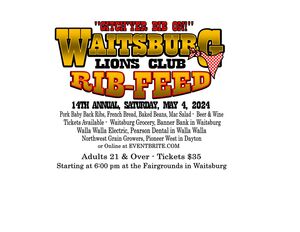Dena Wood: Out and About
March 27, 2014

Chad Pearson gives a thumbs up as makes twice the difference using the new Double Red machine. The machine removes double the amount of red blood cells while returning plasma and platelets to the donor. Recipients benefit by receiving more blood from the same donor.
I spent a chunk of Wednesday afternoon lounging with friends and neighbors while snacking and enjoying an '80s soundtrack. I hung out with Randy Pearson, Veronica Deal, Brad Green and Colter Mohney, to list a few. Lest you think I'm name-dropping -- don't. You were all invited. The "party" was the annual Red Cross Blood Drive hosted by the WHS National Honor Society.
NHS hosts the drive as one of their many acts of community service. Advisor Liv Leid said that the group set a goal of 38 units of blood. She had 30 people signed up and was hoping for some drop-ins to fill the void. The final count was 33 units.
It may not be the norm, but I've always enjoyed giving blood. I started donating with some friends in college and it became an event we "calendered in" every eight weeks or so. Things have changed quite a bit since then.
I'm sure we had some type of intake procedure, but I don't think it was more than filling out a form. Then we stood in line until our finger was pricked and the blood droplet was plunked into a vial of water. If it fell to the bottom, you had enough iron and were good to go. One friend nearly always failed this test and had to take a secondary test where they spun the blood to determine if she could give.
These days you're given a folder of reading material to digest before moving on to the intake area, which is a row of private booths. They still prick your finger, but a blood droplet is placed on a strip and the exact hemoglobin level is calculated almost instantly. The technician (I don't know if they're actually called that, but it sounds good) then leaves you alone to answer questions - some highly personal - on a computer. When you're done, they escort you to your table/bed to donate.
All the techs I've come in contact with were extremely friendly. My intake guy was from the Tri-Cities and the lady who drew my blood -- they both told me their names, but to say I'm bad with names is an understatement -- was from Portland. Each day they travel to a new location to run drives. The lady was about my age because the background music led her to mention having the same AC/DC and Eagles albums that I had. Let's just say that's been awhile.
When I hopped on the table I was told I met the criterion for the new "double red procedure." They now have a machine that removes double the amount of red blood cells while returning your plasma and platelets. This means you get "double credit." Well, YOU don't personally, but in this case, the school would. I really wanted to give it a try, but had to attend a meeting and was told it takes an extra 15- 30 minutes, so I passed.
I was more than a bit envious as I watched Brad Green take "my" spot. Not only that, but they gave me a rubber baseball to squeeze (it helps speed the blood flow), while Brad was handed a rubber brain. He is the WHS Knowledge Bowl advisor and I wondered briefly if his hemoglobin test had clued them in to his intelligence level. I then realized that couldn't be the case, because I have zero aptitude for baseball. Brad and I chatted about mass band, knowledge bowl, how unfair it was that he got the rubber brain and, before I knew it, I was done. The technician wrapped my arm and topped it with a pretty red bow (that was a first) while several NHS students appeared from nowhere, ready to escort me to a table of juice and snacks.
If you've been leery about donating blood, I hope I've convinced you to go ahead and take the plunge. It really is easy - enjoyable, even. And if you're not feeling sociable, it could well be the best way possible to get in an afternoon nap while still being productive. Either way, you can impress your friends with your "I Make a Difference!" sticker.








Reader Comments(0)